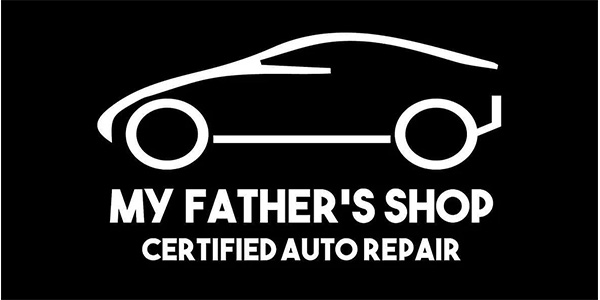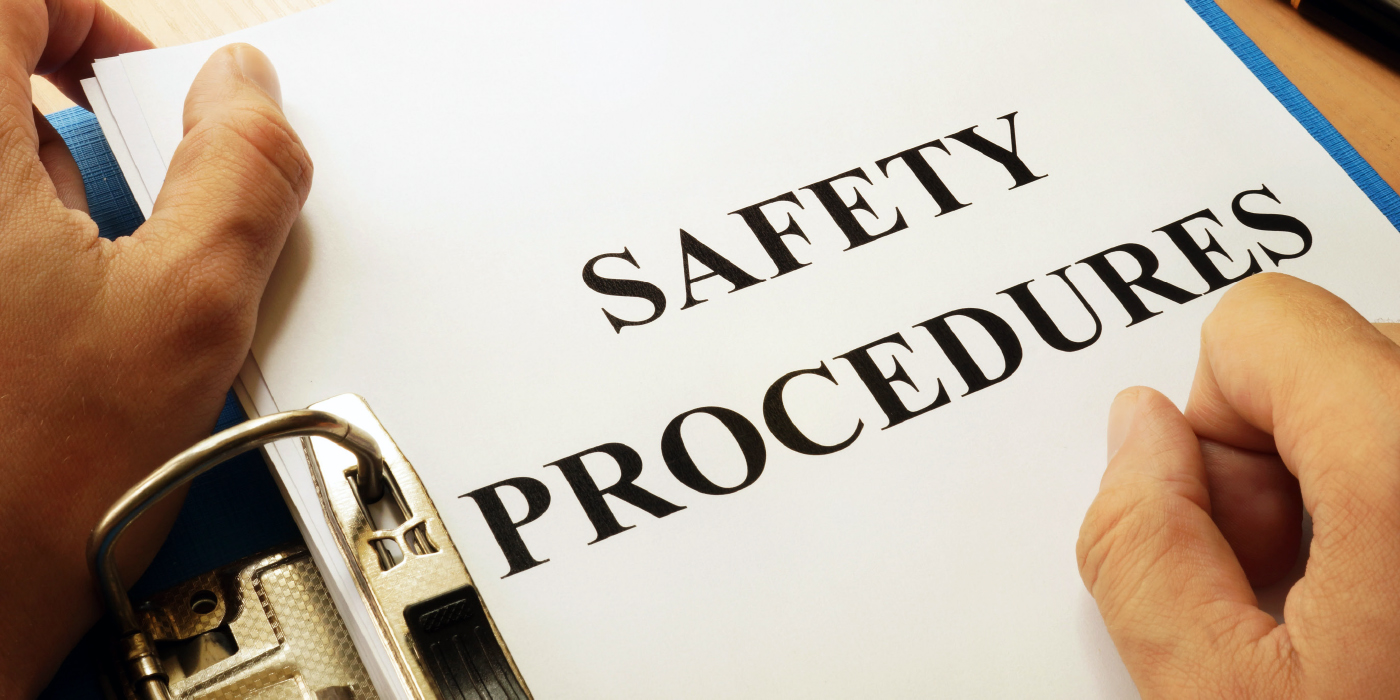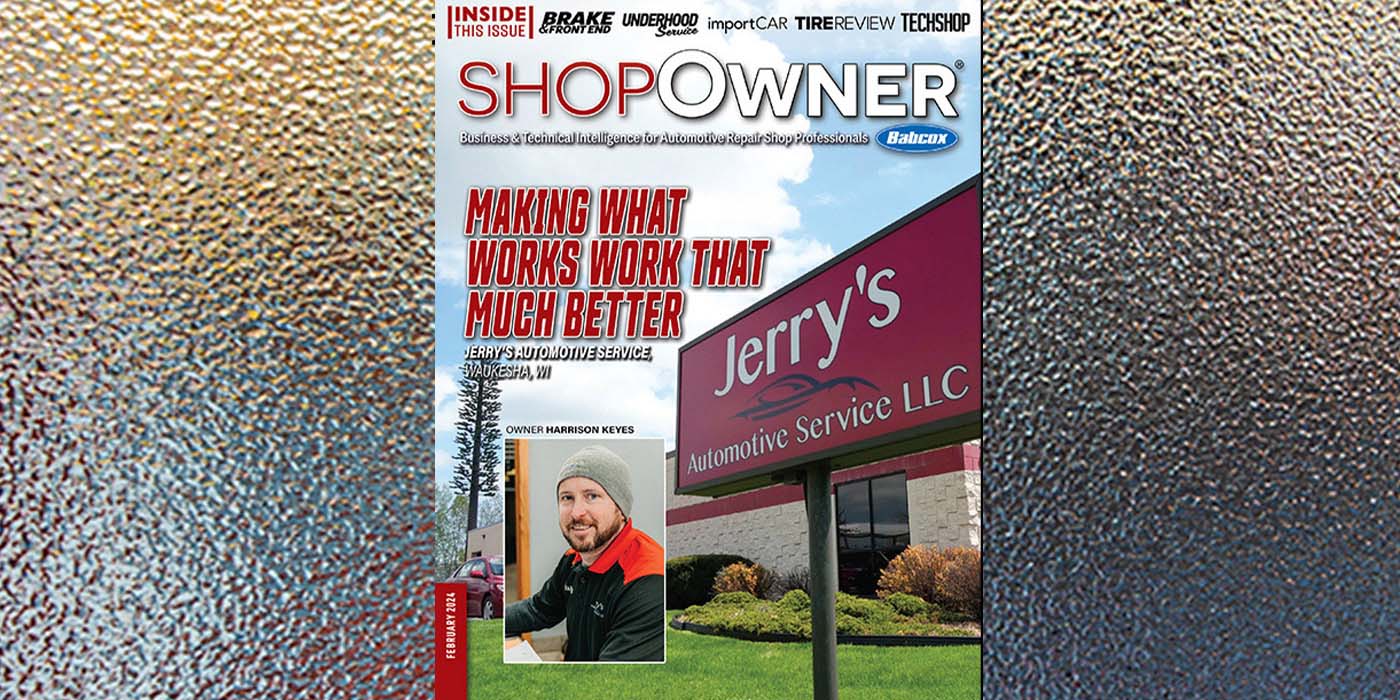The past couple of years have been an intensive crash course in digitizing and automating every possible procedure and interaction. Anything that could be moved online and done remotely has been.
In a lot of ways, this is a welcome change for independent auto repair. Being forced to focus on streamlining procedures, improving efficiency, and growing online presences is a good thing in the long run. But, the truth is, policies, procedures and efficiency are critical but incomplete components of running a successful shop.
We all know instinctively that nothing will ever take the place of excellent personal interaction. And, herein lies the secret as to why car count isn’t simply a function of plugging “X” dollars into an advertising budget and getting “Y” return on investment. For most customers, without a personal connection and without human interaction and feeling, the only way to differentiate between businesses is price.
This ultimately means that if you strip that personal human connection from the equation, marketing budgets become unsustainable.
It costs north of $400 to bring in each new customer. That investment in advertising dollars only works if that customer has a great experience, brings their vehicles back and refers friends and family. If they never come back, then the shop owner is charged with pumping an increased amount of money into that advertising equation in hopes of keeping the pipeline full of customers. At some point, there’s no pile of money big enough to keep the customers coming.
That’s why most of the responsibility for car count doesn’t belong to the shop owner. Most – I’d argue 60-80% – belongs to the team. When the technicians, drivers and advisors create an exceptional customer experience, it has a far greater impact than the size of the shop’s advertising budget.
Before we can get into “how” the team can help create and control car count, however, let’s cover the big reason “why.”
THE SILENT SHOP KILLER
When we spend an average of $400 to bring in a new customer and they have a lousy experience and are never seen again, it’s more than the worst-case marketing scenario…it’s also a statistic called attrition.
Attrition is the rate at which the shop loses customers. It’s also one of the most critical numbers for understanding the health of the business.
Every shop loses customers for uncontrollable reasons. If a customer accepts a new job in a different state and moves their family and all their vehicles away, they count as a lost customer even though you couldn’t do anything about it. Uncontrollable attrition is the reason why you always need to advertise – to replace those lost customers with a steady stream of quality, loyal, trusting new ones.
But, when that customer is lost because they had a bad experience, we call that controllable attrition. The reasons for controllable attrition are many and varied: bad customer service, poor communication, broken promises, lack of follow-up.
No matter the reason, it all boils down to the same result: the customer loses trust and is never seen again. Often, there’s a ripple effect, since upset customers love to tell other people about their bad experience to damage your reputation, meaning your advertising becomes less effective and it becomes more expensive to advertise to attract new customers to keep your pipeline full.
All of which should make clear why the team’s roles and responsibilities are a critical part of building trust, preventing the loss of customers, and increasing the effectiveness of your marketing budget!
But, while the roles and responsibilities of the customer-facing employees might seem clear, even technicians who never speak with customers are a critical part of the process of building and maintaining trust!
TECHNICIAN RESPONSIBILITIES
It almost goes without saying, but one of the biggest ways that technicians can build trust and create loyalty with customers is to produce excellent quality work. When techs inspect thoroughly, diagnose correctly, communicate clearly and repair efficiently, they help the shop create a shining image of quality in the community.
But, techs are so much more to your shop’s image and brand than the quality of their work.
Consider this: when you take a customer back into the bays to show them their vehicle, what do they see? Your technicians may never have signed up to be a part of your shop’s brand and image, but if they’re in your building and wearing a uniform with your logo, they’re under the microscope and part of every customer’s calculation of trust.
Which is why it’s so important to consider what every prospective customer sees when they drive by your shop. If the bay doors are open, do they see clutter or efficiency? Are there employees smoking out front or horsing around in the lube lanes?
All these things can lead to a perceived loss of value, and a real loss of trust. Teaching your entire tech team about the impact that they have on your shop’s image, and their role in helping to project an image of excellence, is a critical part of creating a lasting relationship with your customers.
SHUTTLE DRIVER RESPONSIBILITIES
If you offer free rides to work or home, almost nobody has as much of an impact on how your customer feels about their experience at your shop, or how they remember their service when it’s complete, as that shuttle driver.
But, that means their responsibility is so much more than a good attitude and a safe trip!
Do they know what to say when the customer asks about their vehicle, or wants to gossip about the business? Do they know the boundaries when it comes to helping the customer run errands with your vehicle? Are they trained in what to do if the customer is upset?
Their ability to handle those difficult situations can be the very reason the customer comes back – or is never heard from again.
SERVICE ADVISOR RESPONSIBILITIES
As the main point of contact before, during and after the repair, service advisors are perhaps more responsible than anyone else in the shop for building the trust that prevents customer attrition. Their care and consideration on the phone and at the front counter help set proper expectations that the shop can then over-deliver on.
But, what they do when they’re not speaking with a customer is just as important for building and maintaining trust.
When there’s downtime at the front counter, are they walking through and maintaining the customer waiting area, the coffee station, the restrooms? Do they continually have their eye on the image the shop is creating for both potential customers driving by, as well as the customers currently waiting for their oil change?
Perhaps even more importantly, what procedures are in place for the end of the repair? Do your advisors know how to ask for Google Reviews? What are the expectations for follow up calls, texts and emails?
When every position is responsible for building and maintaining trust and reducing customer attrition, the whole shop wins.
MAXIMIZING YOUR MARKETING BUDGET
Of course, creating trust starts long before the customer ever steps foot inside the shop. Their trust, loyalty and expectations start with the advertising they receive, and are then reinforced by the team through every stage of the repair.
The question then becomes whether you’re attracting the kind of quality customers your shop needs in the first place. If your new customers are all discount-seeking price shoppers, it will never matter how much care and consideration your team has – that customer will never convert into a quality, loyal, trusting, lifelong friend.
An easy way to test whether your marketing is driving quality new customers is to compare the average repair order of your new customers to that of your existing customer base. Are your new customers more likely to trust your recommendations?
If not, then it might be worth considering whether your current marketing company is doing their part to help you keep your pipeline full. If your team is committed to fighting attrition and building trust, but you’re advertising only speaks to discount-seekers, you’re fighting with yourself!
These are exciting times for shops. We’ve never had access to as many tools or resources to help us run shops as efficiently and profitable as we do now. But, tools can’t do it all. There must be human beings inside that shop who care and who deliver the kind of exceptional customer experience that we all crave.

















